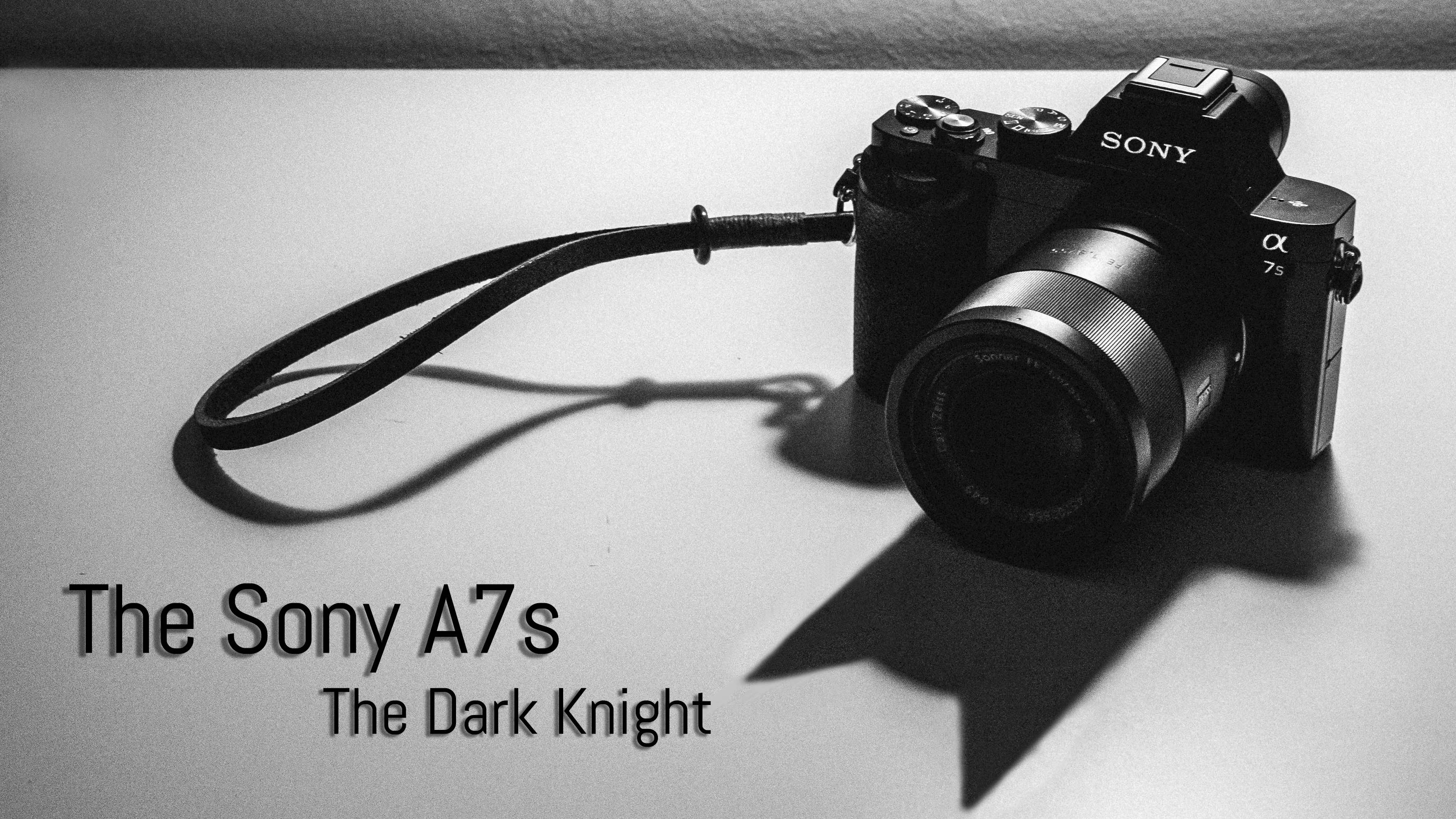I’m not going to hide the fact that the Sony A7s is a camera that I’ve been eagaerly awaiting ever since I first heard the news of its existence. While I enjoyed shooting with the A7 and A7r and appreciated their wonderful image quality, at the time of their announcement the first thing I wrote was: why not draw a more drastic line between the two cameras? Why not have a “Nikon D4 like” sensor with amazing sensitivity in low light?
Well, it turns out that at the time, Sony already had plans in the works for the super sensitive A7s, which was announced during the NAB show earlier this year.
So why this excitement of mine?

I guess that I have never been crazy about chasing after the highest megapixel count, and while I really appreciated images generated by the Sony A7r 36mp sensor, I also realised that I didn’t need that much detail for my daily personal or professional work. But a higher sensitivity in low light is, on paper, something that would be far more useful to me. I always envied the great sensitivity of cameras like the Nikon D3s or Nikon D4 but their price was simply too high to justify purchasing them. When the Nikon DF came out, I had already completed my switch over to the mirrorless system. So when the A7s was announced, I got excited because it represented something that I secretly hoped to see on a MILC camera some day: outstanding low-light capabilities in a compact body.
Is this excitement justified now?
New sensor, familiar body

Ergonomically speaking, the A7s is the same as the A7 and A7r. Erase that little blue “s” on the label and you won’t be able to distinguish it from the A7. The difference is actually in the feel because the A7s is slightly heavier than the A7 or the A7r (around 30g heavier).
That aside, I can sum up here what I already wrote about the A7: the grip is very good, the build is solid, and there are enough customisable buttons and dials to work easily with the camera. The EVF is big and detailed. It doesn’t reach the level of the Fuji X-T1 EVF especially concerning lag time but once you get used to it, it’s absolutely fine.

I am now also used to the Sony menu and I can find all the settings I want to change easily enough. There are of course new settings that are specific to this camera such as silent mode, new pictures profiles and fine tuning for video as well as other things.
Image quality … or why 102400 ISO matters
During my first night walk with the camera on the streets of Turin, I simply set ISO to Auto with a limit of 102400. I wanted to let the camera do its job and concentrate on my pictures. I often used settings like 1/200s of shutter speed and f/5.6 aperture with my Sony/Zeiss 55mm FE. With a camera with a lower sensitivity, those settings would easily result in a very dark image but with the A7s it isn’t a problem. Its vast ISO range gives you more freedom to use faster shutter speeds and slower apertures.
Note: unless otherwise specified, all the pictures are from raw files post processed in Lightroom 5.5. Click on the pictures to open the full size.


So, here is a thought: the A7s literally sees in the dark. Its high ISO rendering is insanely good and to me this camera can be comfortably used up to 102400 ISO. It’s definitely something to marvel at, don’t you think?

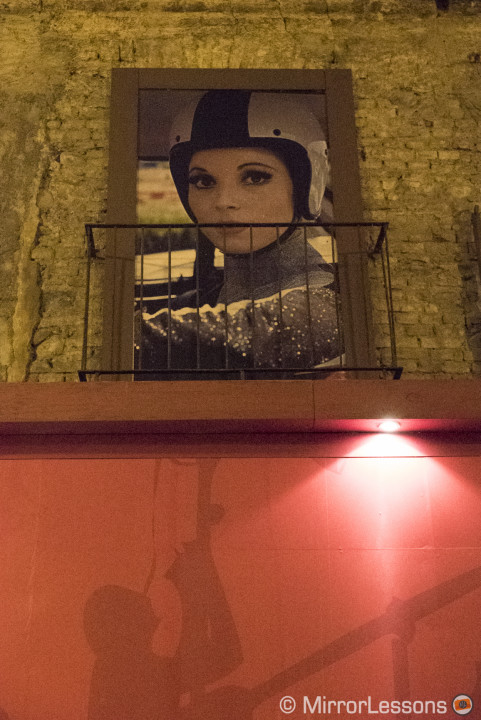
The portraits of Heather and me below were shot between 16000 and 40000 ISO. The first two pictures are there only to show you the real lighting conditions in the nice “creperie” bar we went to for dinner. This is a good example of what the A7s can do with very little light.




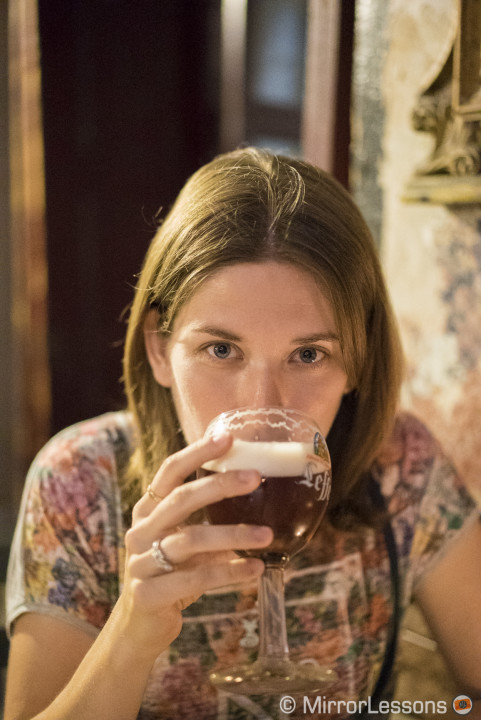
I had to correct the skin tones a little bit especially on Heather as the tint was a little bit too magenta. I am also impressed by how easy the raw files are to work with even at high ISO.
The finest results are good up to 51200 ISO. Up to this level, the noise is very thin and discreet, I would also say pleasant.

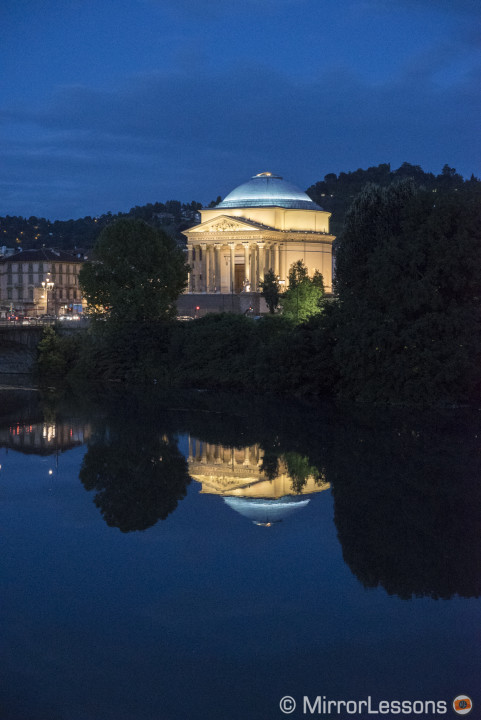



From 51200 ISO, noise starts to become more visible but the images are still more than usable. Note that to me the results I see at 51200 ISO probably look like 6400 or even 3200 on other mirrorless cameras (especially those with a smaller sensor). So we are talking about a 3 or 4 stop advantage in low light. Note that this is a pure feeling right now; I haven’t done scientific comparisons yet but I know the limit I would use with other cameras. I wouldn’t go past 6400 with the Sony A7 for example.



The acceptable limit is reached with 102400 ISO, which I find usable without too much hesitation unless you need a cleaner image. Note that if you are shooting with these settings, you are probably not looking for a 100% clean image anyway.
Beyond 102400 ISO, colours start to become less accurate and there is more visible and unpleasant noise.


Of course some of the images you see in this post could have easily been shot with a slow shutter speed, a fast aperture (the 55mm is a f/1.8 lens) or a tripod to keep ISO to a minimum and get the maximum IQ possible. The only purpose of the pictures published here is to show you the capabilities of the A7s in low light.
Now, testing a camera’s ISO capabilities is one thing, but understanding where those capabilities can fit in in a real world situation is something else.
I haven’t used this camera enough to understand how much I really need to go over 6400 or 25600 or simply how convenient this can be now that I know I can easily do it without quality loss. That will be a conclusion I’m reserving for the complete review.
For example one month ago we went to a street party at night in one of the most popular neighbourhoods of Turin. There was a lot going on in the streets (concerts, DJ sets, dancing, car shows etc.) but there weren’t any additional lights and some of the streets were really dark. I took some pictures with the X-T1 and the 35mm f/1.4 lens.



Most of the time the pictures came out fine but on other occasions where there was very little light I either took it and then post processed in Lightroom or simply renounced the shot. On that occasion the A7s could have given me more possibilities to shoot in difficult light conditions without having to always stick with the fastest aperture or a slow shutter speed. It might not be essential but it can help and this is why a 102400 usable ISO speed can matter.
It also means that the lower ISO values are way better and cleaner. So even if you don’t think you’ll need to reach 100k ISO but shoot a lot at 6400 ISO, this camera can still be a good option and an IQ improvement.
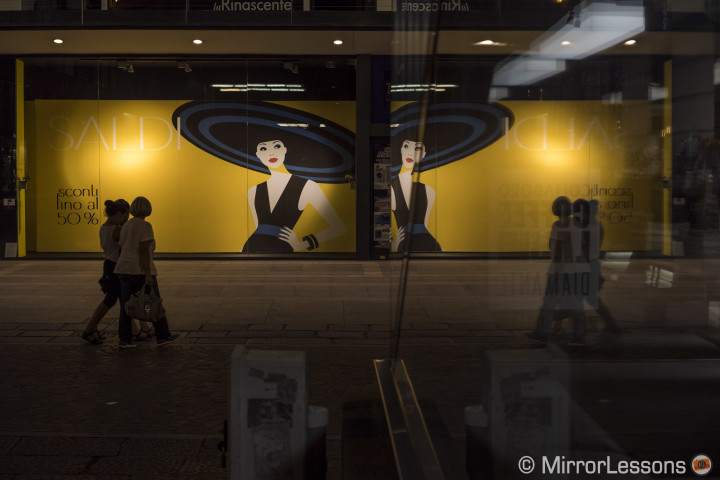
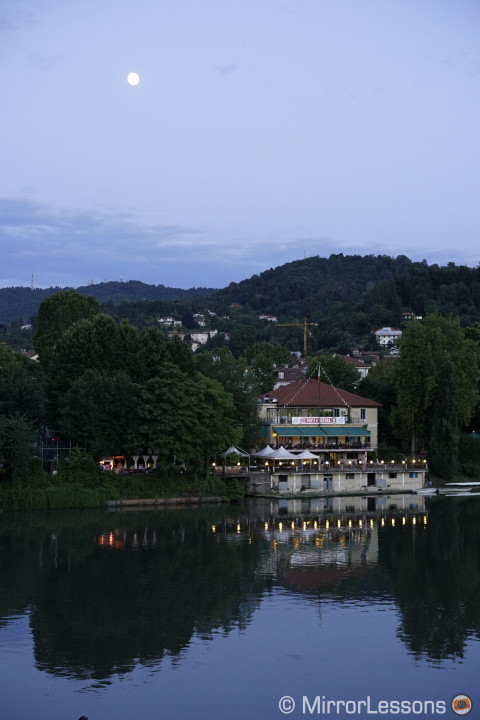

Image quality in normal conditions: are 12mp enough?
One of the main concerns I’ve read many times about the new A7s is related to its sensor resolution. The last generation full frame CMOS sensors have seen their resolution increase to 36mp like the Sony A7r and the lowest value now stays at 16mp (Nikon D4s).
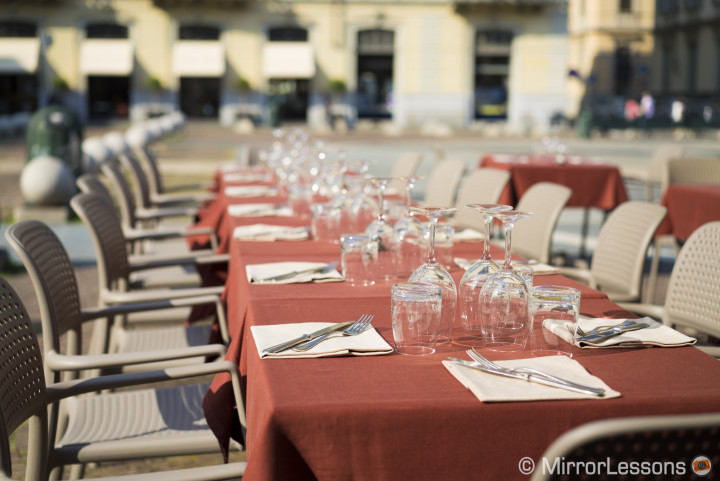
The difference between 16MP and 12MP isn’t that big so I would say that 12MP are fine. Also, to me the question can be solved really simply. You don’t buy this camera for its resolution. There is the A7r or even the A7 for that. If you are concerned that 12mp might not be enough, my answer is that yes, it is enough, because only a few years ago the best DSLRs had a similar megapixel count (think the Nikon D700). I held an exhibition three years ago with images printed out from a Nikon D90 (12mp APS-C) and Nikon D700 (12mp full frame). Some images were printed on a 100×70 cm canvas and the results were just fine to say the least. Of course today they could be better but that is simply technology that evolves and with the A7s it evolves in terms of sensitivity, not resolution. Right now, having 102400 usable ISO and 36MP to play with in a single camera does not seem to be an option.

The A7s gives you very sharp results with its 12MP sensor. You won’t get as much detail as with the Sony A7r, but I also think that sometimes too much detail won’t necessarily make your picture good. Actually I often find that photographers are obsessed with resolution and especially pictures on the Internet sometimes look too sharp. Of course this is a personal opinion and in the end it is just a matter of choosing what you need for your purpose.
For now I am really liking this 12MP sensor result. The images are very clean, not too sharp with great dynamic range and fine colour rendering. They seems very well balanced too me. And shooting RAW files with an average size of 13mb is nice too.
Certainly with 12MP you won’t be able to crop much, and in my opinion that is another positive thing with the A7s. I heard many people saying that the great thing about 36MP was the crop capabilities and the joy of being able to read the coffee cup name in an eye reflection at 100% crop. That is certainly taking advantage of the extreme capabilities of that technology but it is also a process that can separate you from real photography. Yes, I’ve had to crop a picture many times myself, but when I do, my first thought is that my photo isn’t good enough and that I should have been closer.

As for the dynamic range, here you don’t have much to worry about. There is plenty to work with. On paper, the A7s should have a one stop advantage over the A7r but while I haven’t performed a direct comparison, I think that the advantage comes especially with the highest sensitivity.



The same goes for colour depth. At low ISO the results look the same to me, which is the classic Sony colour rendering. I love the colours from the RAW files when opened with Lightroom as they are a very good and balanced flat version to start with. In the JPGs, contrast can be too high and sometimes the colours seem to excessively shift to green or magenta (but this could be related to the Auto WB).


The files are also flexible to work with at high ISO and the colour depth can be very impressive even at the highest sensitivities. You will still be able to make small adjustments at ISO 102400.
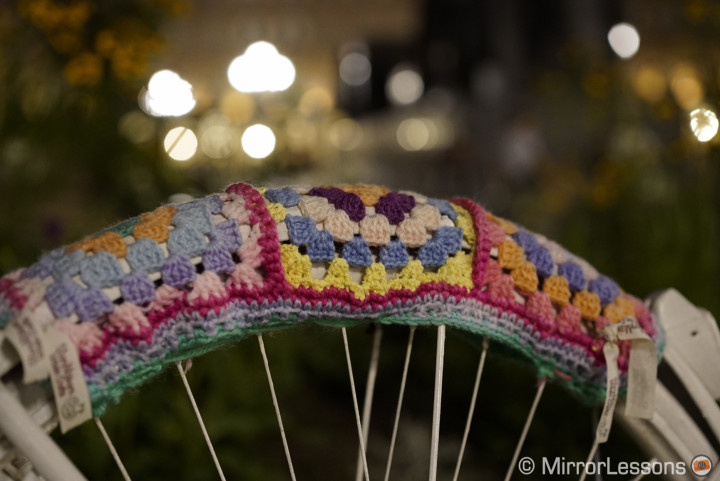

Another interesting topic regarding the A7s is the use of third party lenses. Since the release of the A7/A7r, many users have tried to mount all sorts of manual lenses from Leica M to old SLR lenses. Other have also adapted current Nikon, Canon, Sigma or Zeiss glass.
With the A7 back in January, I did a test with two Voigtlaender M mount lenses: the Super Wide Heliar 15mm f/4.5 and the Nokton 50mm f/1.1. With the latter my adapter had some vignetting issues, while with the 15mm there was lots of purple fringing, colour shift and vignetting. I was curious to see if the 12MP sensor of the A7s would be more kind to that lens but unfortunately the store that rented it to me didn’t have a sample anymore. So I went with the Ultra Wide Heliar 12mm f/5.6 instead.

Below you can see some pictures taken with the A7s and the 12mm lens. The results seem fine with the Sony 12MP sensor.

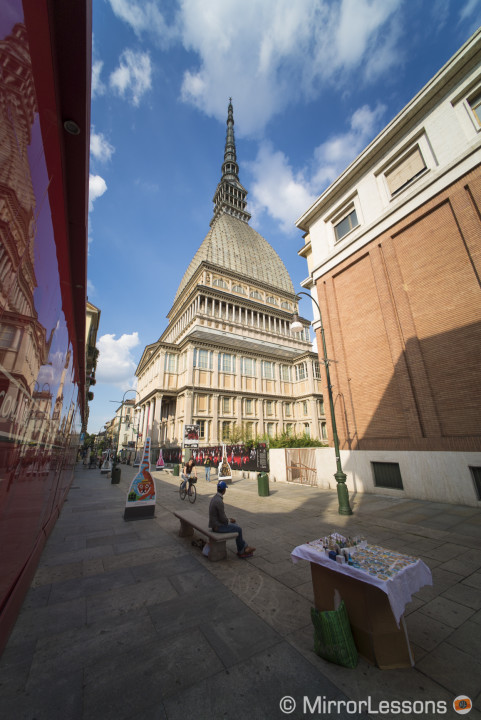


There is some vignetting at every aperture but I managed to correct it almost at 100% with Lightroom. The corners are softer and there is also a slight colour shift towards green but nothing serious. I cannot say how this lens works on the A7 or A7r but from the feedback I’ve read from users on Facebook it seems to be less problematic than the 15mm. I will try to get my hands on a Super Wide Heliar lens in the next few weeks in order to compare it with the previous pictures I took with the A7.


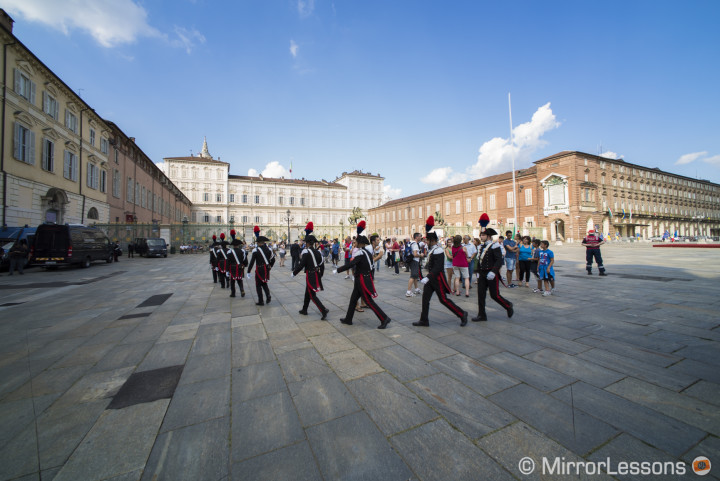
Autofocus and silent mode
While the results at high ISO are impressive, they are also expected from a camera with these kinds of specs. So the main aspect of the Sony A7s that actually surprised me is its autofocus. It certainly exceeded my expectations. In the four days that I have used the camera now, it hasn’t missed a single shot. Not in daylight, not in low light, not in almost totally dark situations. Sony really did a wonderful job here. I was skeptical because the AF on both the A7r and the A7 isn’t impressive. But the A7s is a different story – it is faster than its twin sisters.
We also briefly tested its tracking and continuous shooting capabilities but since we only had the 55mm with us, I cannot really conclude anything. But I can say right up front that this isn’t a sports camera by any means. Its burst capabilities aren’t anything exciting. The A7s can shoot up to 5fps in AF-S and 2.5fps in AF-C with focus priority. The AF-C and tracking aren’t impressive overall for anything that moves fast. The AF lock is a little bit slow and will take half a second to lock. Also, every time the tracking point loses track of its subject, you have to reactivate it through the function menu or the dedicated custom button.

The silent mode is what you might have already seen thanks to many videos on the internet – it is truly silent. There isn’t any limit with the ISO, you can go from 100 up to 409600. Only the extended low ISO values are not available (50, 64 and 80).
It is actually weird to shoot in silent mode, the first few times you aren’t actually sure if the camera took the picture or not, and you can end up pressing the shutter button twice.
The only thing to be aware of is that with the silent mode the A7s uses an electronic shutter that can cause issues with a fast object moving in your composition, such as a bus passing by. Vertical lines in an image can appear diagonal like with the rolling shutter effect. Also, with certain artificial lights you can get banding as well.
By the way, another test I was curious to perform was with artificial lights in the composition. I already wrote about the issue with the Sony A7 and its ghost flare effects like in the examples below:

Fortunately this issue isn’t present with the A7s.

That is of course a good thing since this particular issue is actually the most annoying thing about the A7. It would have simply killed the A7s for me if had shown up again, with the A7s being a natural night street shooter.
What difference can a camera like this truly make?
We can certainly raise the question of the real need for such a vast sensitivity for one’s daily photography workflow. How much do you shoot in low light? What is the maximum ISO that you find acceptable on your camera and how many times do you find yourself using it or wanting to increase it?

The A7s is a very specific camera in my opinion. It is probably more specialised than the A7 or A7r because that great ISO range might not be needed by everyone. The same reasoning can be applied to its professional video functionalities.
You may have noticed that I didn’t talk about the A7s video functionalities in this article. This isn’t a mistake. I simply wish to dedicate a separate article to video since the camera has been designed for professional video shooting as well, and has many options that deserve to be treated separately.
The conclusion to me is not to be found only in the biggest numbers. Yes, 102400 ISO is impressive but the real advantage also appears in the smaller numbers. 6400, 12800 and 25600 are insanely clean for this level of sensitivity. That is the first important thing about this camera. The way I see it, the A7s is a camera to use with ISO Auto (except in bright daylight) where the only thing to decide is the maximum ISO limit. After that, you will almost never have to wonder or care about what ISO you are shooting with. And if by mistake you forget to disable auto when going outdoors and you end up with a picture at 800 ISO that could have easily been shot at 200, well guess what, it won’t matter.
Once you have this thought in your head, suddenly a lot of situations where the A7s would be a great tool will start pop into your mind: think of indoor sports, dance shows, night events with little available light. Whether it is worth it or not is up to you to decide.
